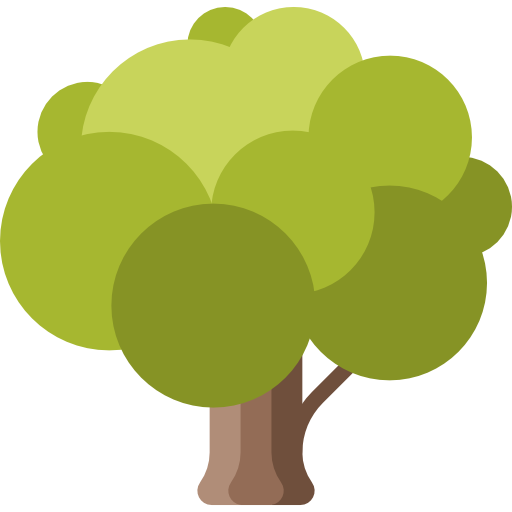القَطْلَب أو قاتل أبيه أو حنَّاء أحمر هو جنس شجيري صغير دائم الخضرة ينتمي إلى الفصيلة الخلنجية. موطن بعض أنواعه الأصلي حوض البحر الأبيض المتوسط وجنوب غرب آسيا وبعضها الآخر أمريكا الشمالية.
ثماره مأكولة ولكن الكميات الكبيرة منها تسبب إزعاجات معوية.
القطلب شجيرات تثمر توتا أحمر، ولحاؤها متموج الاحمرار. بعد التلقيح, تتأخر مرحلة الاثمار حوالي خمسة أشهر، بحيث تظهر زهور جديدة في حين ثمار العام السابق تتهياء للنضج.

According to a Palestinian folk tale, there once lived a girl whose beauty was so radiant that all men, young
and old, fell in love with her. One young man loved her more than all of the others, and he begged his father to ask for her hand in marriage. But when the father saw the girl, he could not resist her beauty and asked her to marry him instead. The son was devastated with sorrow. The next morning, as the boy and his father walked in the village woodland, they came close to a large, old tree. The boy pretended to hear voices coming from the tree. When his father put his ear to the trunk to listen, the boy took a rock and hit him on the head with it. The father’s blood spilled onto the trunk of the tree. Ever since then, the Qatlab tree, or Qatel Abih (his father’s killer), has carried the burden of keeping the tragedy alive, and every year, the red outer bark of the tree peels away to reveal smooth, green bark underneath which turns red before peels again.
The English name of this tree, Grecian Strawberry, highlights the fruits it produces. An old European narrative written from Palestine describes an encounter with the Strawberry Tree: “There was on the road
a small tree bearing a fruit somewhat bigger than
our largest cherries, and of the shape and taste of strawberries, but a little acid. It is pleasant to eat, but,
if a great quantity is eaten, it intoxicates. It is ripe in November and December.” When the fruits ripen, they fall off immediately as soon as they are touched. In
fact, the Strawberry Tree belongs to the same family as cranberries and blueberries, and like them its fruits are rich in antioxidants. Today most Strawberry Trees tend to be small, 6 to 12 meters high; however, archeological evidence suggests that in the past larger trees existed and were used as timber for construction. A large beam still supporting the roof of the “Sunken Room” in Sidon, Lebanon, has been identified as wood from a Strawberry Tree.
In Lebanon, the Strawberry Tree has been reported in the Mediterranean woodlands in Baabda, Dlebta,
Qoubayyat, Qsaybeh, and Rihaniyye. The tree can usually be found in places where Stone Pines grow in sandy soils and rocky outcrops from sea level up to about 800 meters. This notable association with pine trees may be due to the fact that the Strawberry Tree needs acidic soils, and pine needles make the soil favorable for its survival. One will not find large Strawberry Tree forests in Lebanon but small populations and individual tree specimens instead. You may visit populations of multi- trunked Strawberry Trees in their natural setting in Aynab Ras El Jabal, as one goes through Aynab village and up the mountain to an elevation of around 900 meters. There are also nice old specimens of the tree in Ramleyeh (Aley) and in Niha, deep in the forest next to Nabi Ayoub.
The Strawberry Tree is easy to grow from seeds. It is nice to go on a seed collection expedition when the fruits are ripe to have the chance to eat some, but one should make sure to leave fruit on each tree for birds as well as for natural seed dispersal. If fruits are collected before they turn red, they can be stored with a ripe apple, which will help mature the collected fruits. Once ripe, the fruits are smashed open and the small black seeds are extracted, washed and dried. The seeds can be planted directly without any treatment, but if they are stored for two to three weeks in moist, cold conditions you will get better results with most seeds germinating if watered regularly. It is difficult to plant one seed per container, because the seeds are very small, so one can plant a few in the same pot and then select the largest and healthiest seedlings from each container for replanting.

Comments are closed.